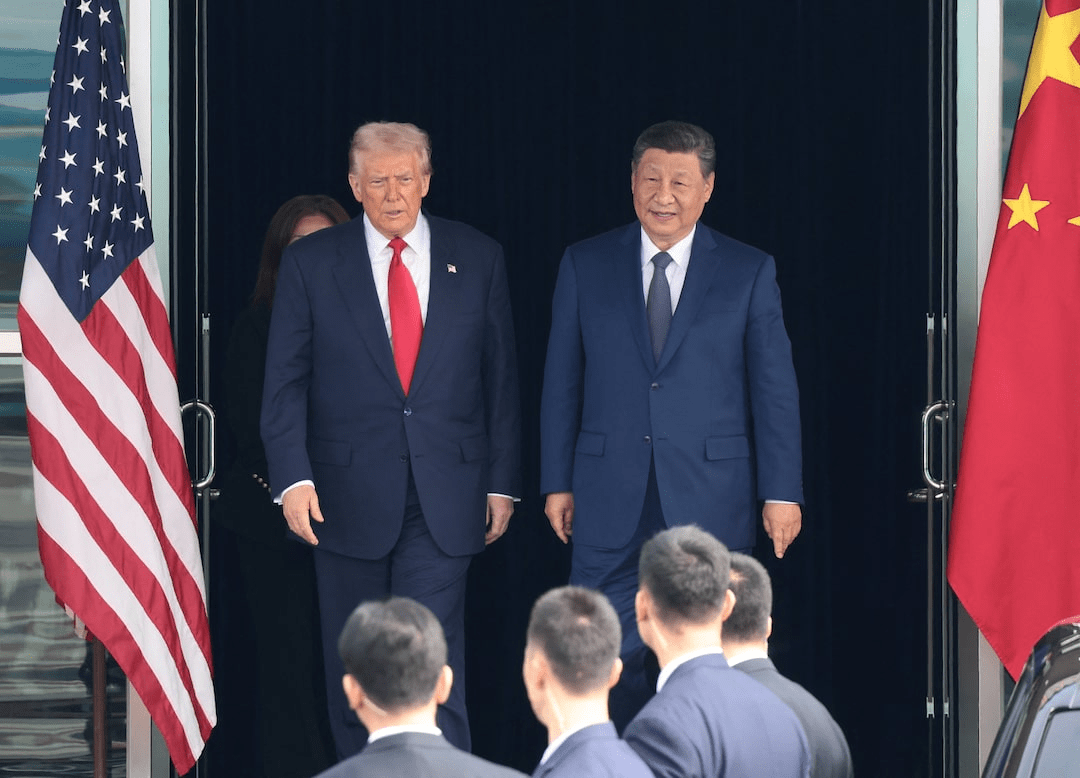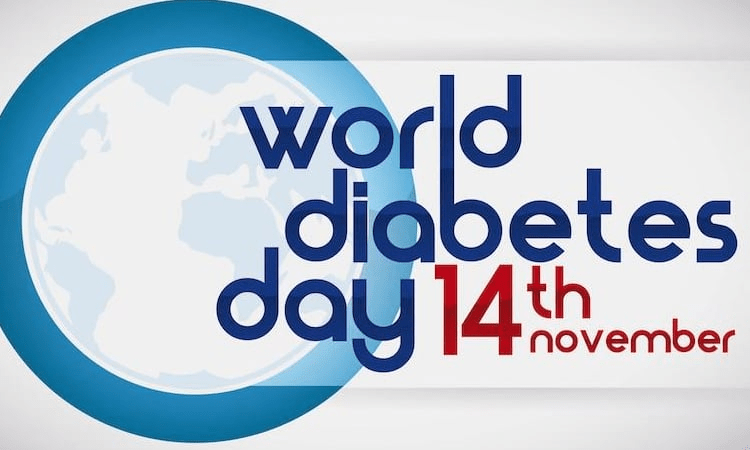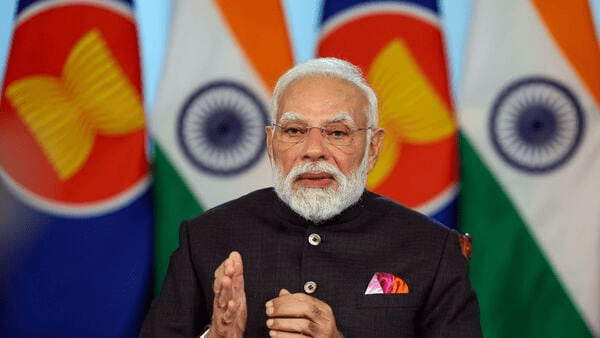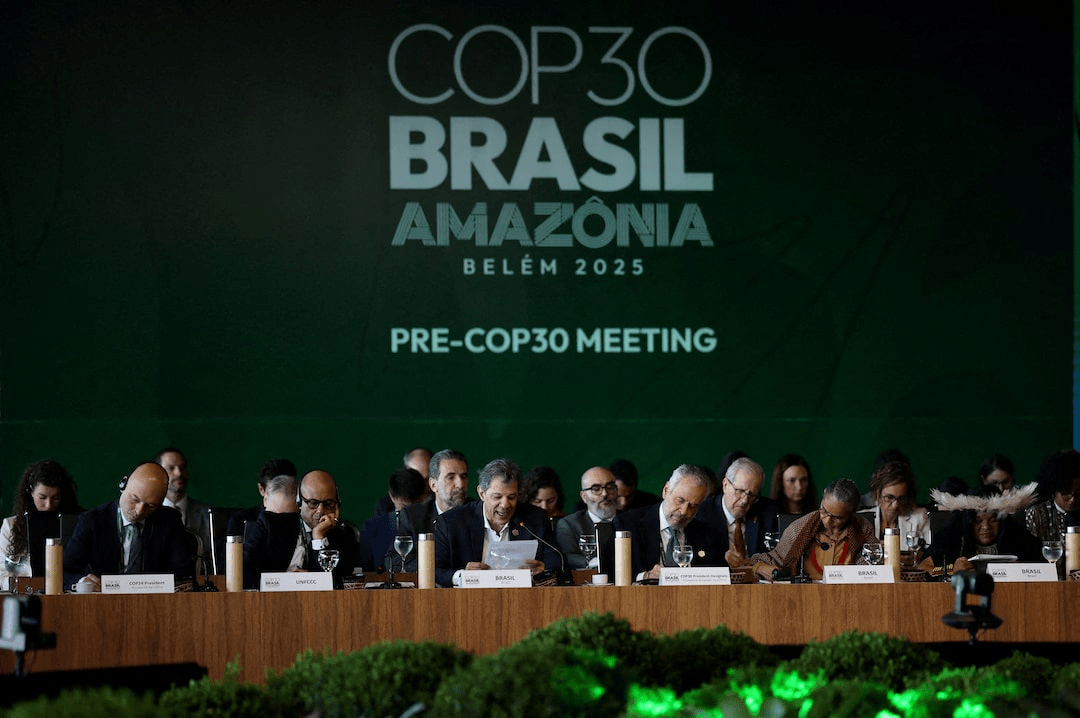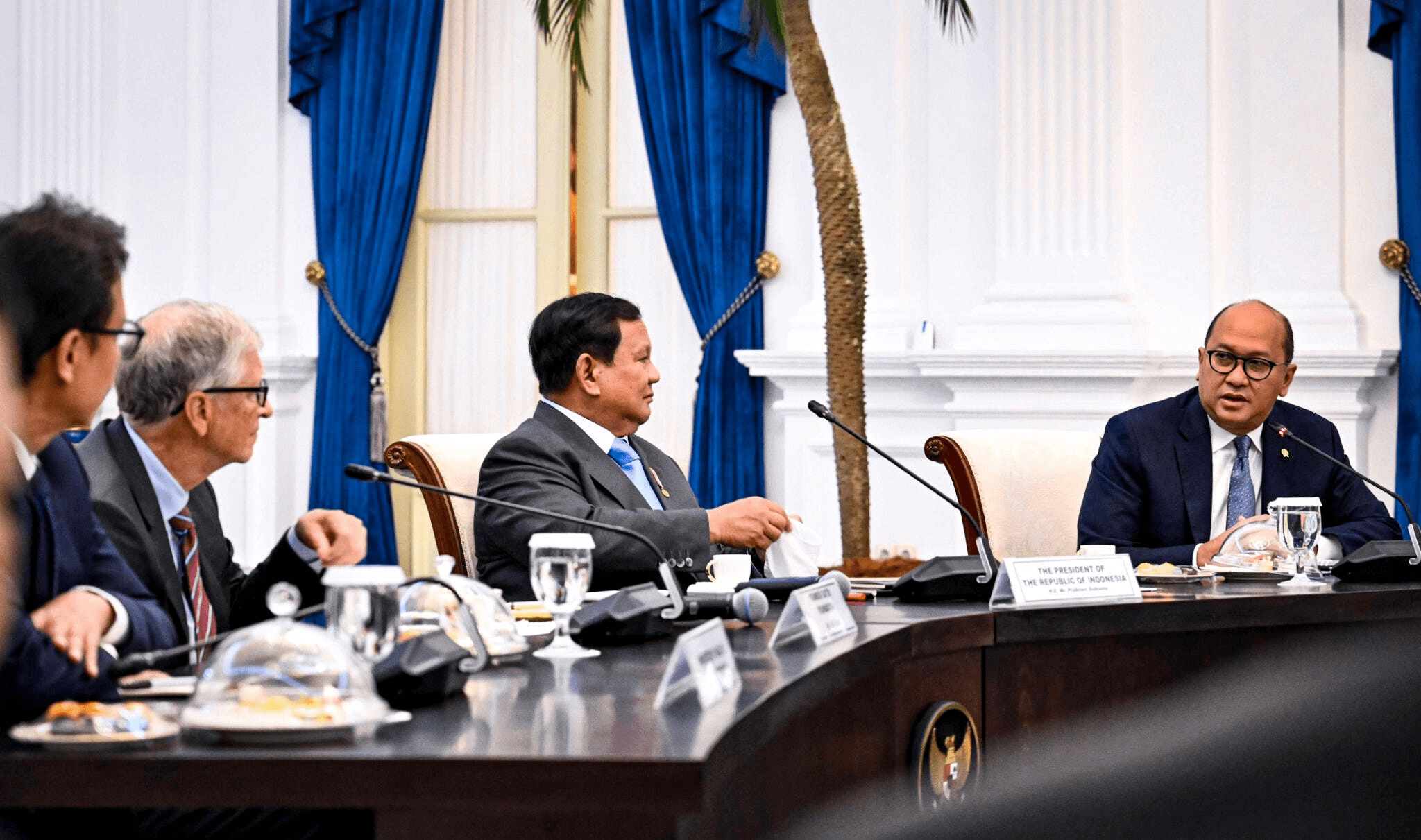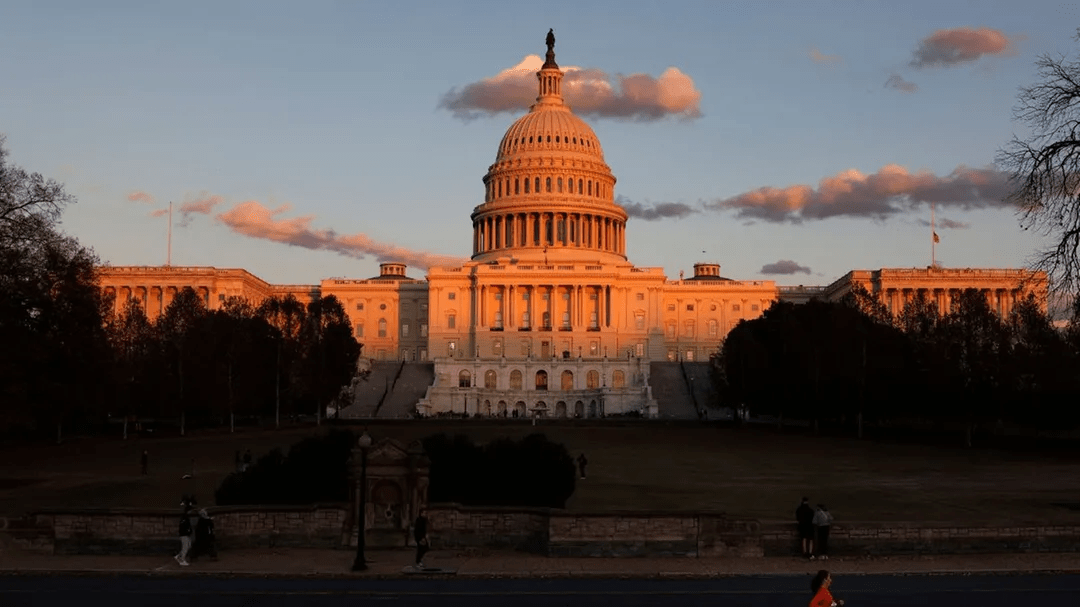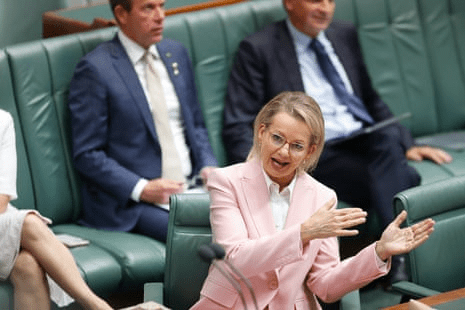Trade, fentanyl and energy signals
At Busan’s APEC sidelines, U.S. President Donald Trump and Chinese President Xi Jinping announced a flurry of gestures that look like momentum but feel like a pause button. Trump hailed the talks as “amazing,” while aides pointed to working-level groups on fentanyl precursors and agriculture purchases. Washington says it will cut a new fentanyl-related tariff to 10% after talks with Xi. Beijing, for its part, confirmed Trump will visit China in 2026 and framed Thursday’s outcome as a “constructive step” that keeps channels open. The wins are tactical: a path for Chinese energy buys, soybeans back on purchase lists, and a pledge to keep talking. The structural disputes—industrial policy, export controls, and tech—remain entrenched. Markets took the headlines as relief, not resolution.
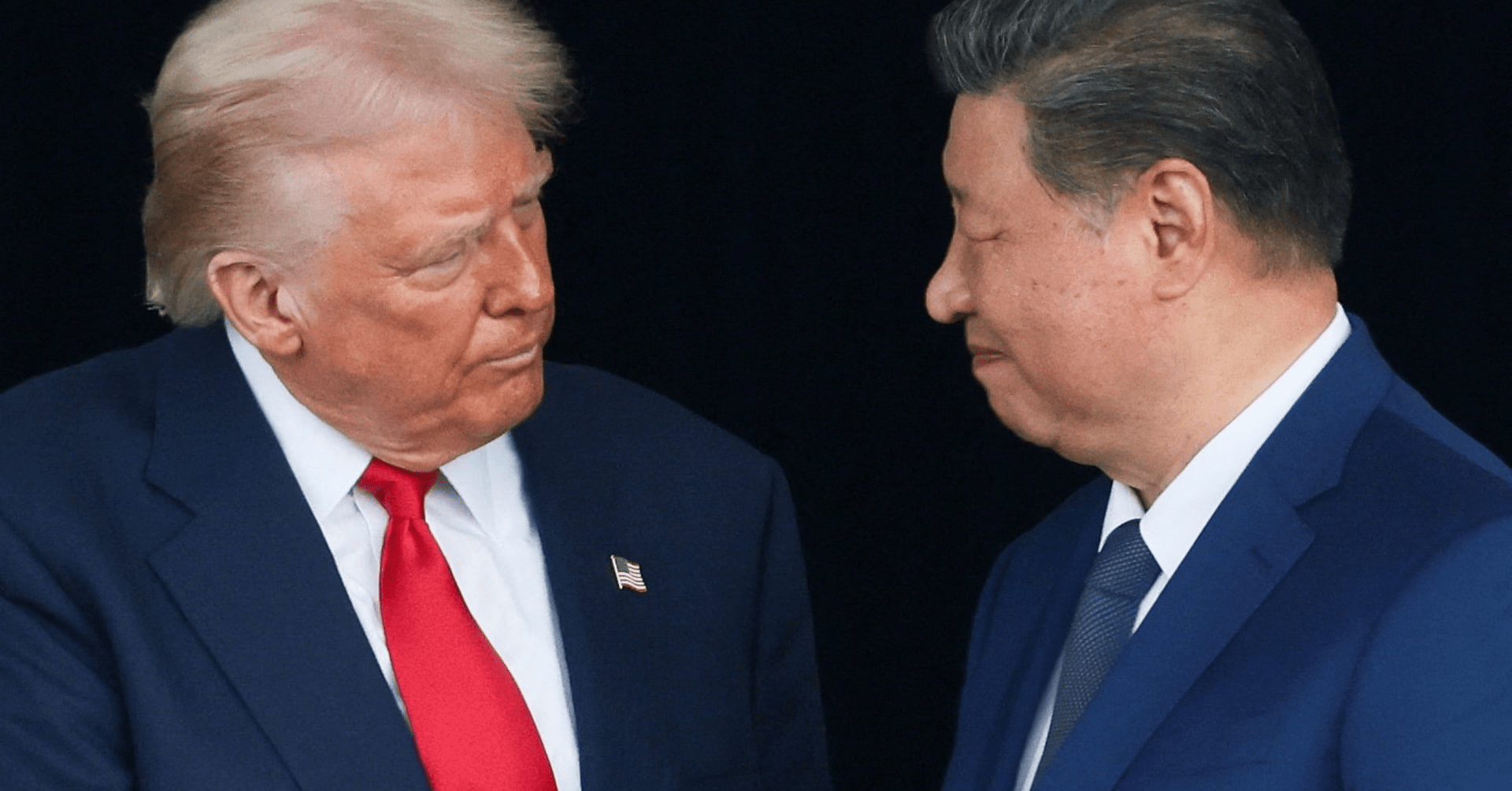
Tech tightrope inside the truce
High-end chips, notably Nvidia’s Blackwell platform, proved too sensitive for prime-time. U.S. officials downplayed any discussion; Beijing didn’t push publicly. That omission underscores the core impasse: Washington’s guardrails on advanced semiconductors and China’s drive for self-reliance. Analysts see limited spillovers into commodity flows and a short-term easing of rhetoric, especially with both economies nursing growth concerns. But export controls, data localization, and sanctions risk continue to define the risk map for multinationals. Expect a busy November of “frameworks” and pilot working groups—and the same old red lines when talks get specific.

 TPW DESK
TPW DESK 